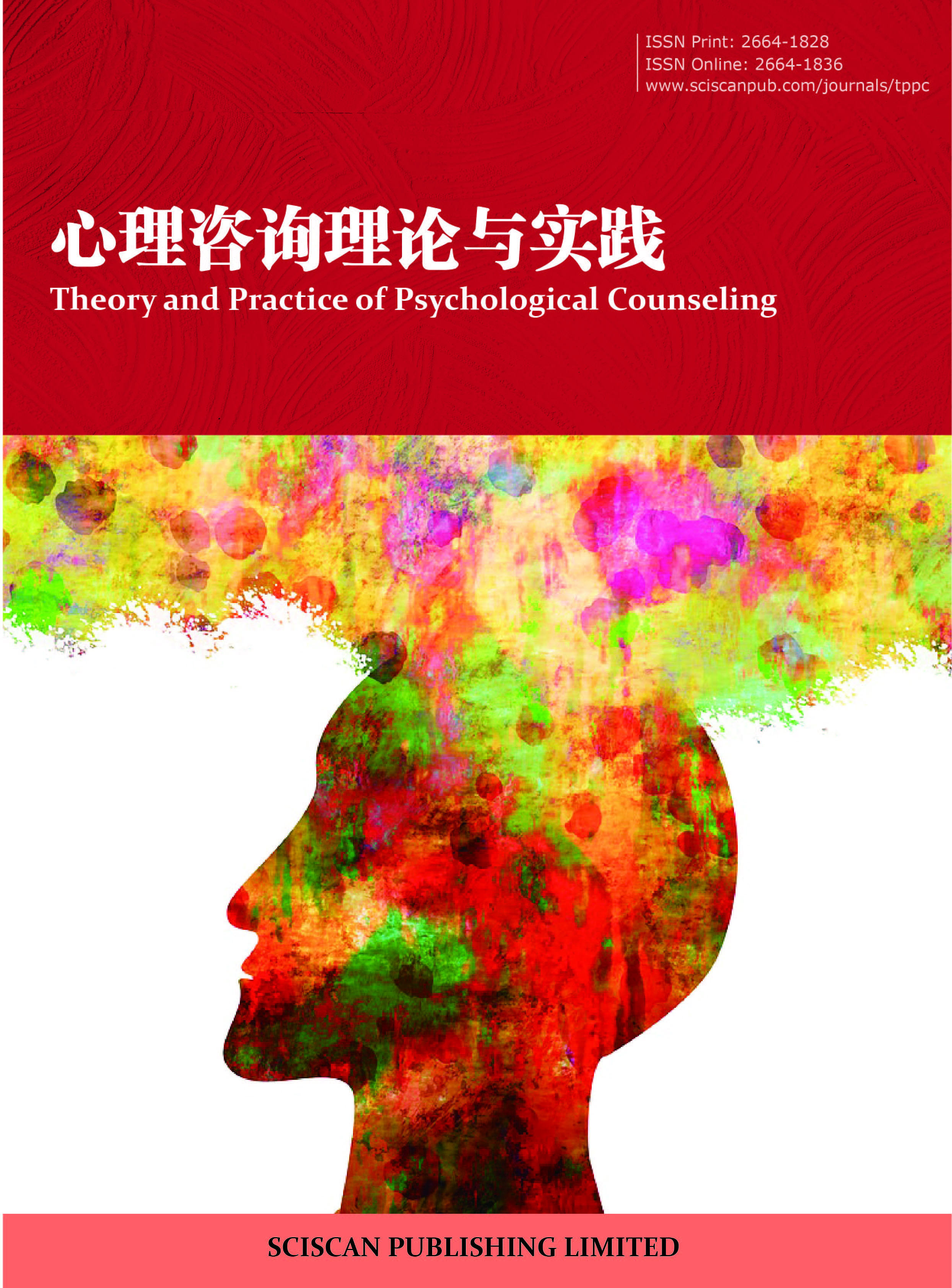Theory and Practice of Psychological Counseling
ISSN Print: 2664-1828
ISSN Online: 2664-1836
Contact Editorial Office
Subscribe to the latest published information from SCISCAN
基于精神分析的虚拟现实暴露疗法 ——以社交焦虑的自助干预为例
Psychoanalysis-based Virtual Reality Exposure (PVRE) -The Self-help Intervention on Social Anxiety Disorder (SAD)
- Authors: 张亚
-
Information:
华东师范大学心理与认知科学学院,上海
- Keywords: 社交焦虑;虚拟现实技术;基于精神分析的虚拟现实暴露疗法;个案研究
- Social anxiety; Virtual reality (VR); Psychoanalysis-based virtual reality exposure (PVRE); Case study
- Abstract: 目的:针对社交焦虑者较少愿意主动寻求帮助的临床干预难点,以及 目前的虚拟现实暴露疗法仅局限于行为训练的不足之处,本研究初步发展了基 于精神分析的虚拟现实暴露疗法。方法:结合新兴的虚拟现实技术以及精神分 析对社交焦虑者心理动力的理解,本研究设计了基于重要养育者原型的虚拟形 象作为干预点,发展了针对社交焦虑者核心恐惧的干预步骤,旨在帮助他们通 过自助练习克服在社交情景下的恐惧、焦虑心理,打破焦虑—回避—更焦虑的 恶性循环,并通过个案分析初步呈现了该工作方法的理念和流程。结果:初步 的个案研究支持了该疗法适用于功能良好但不愿就诊的社交焦虑者进行自助咨 询;后续研究还需要大样本随机对照实验关注该工作方法的临床效果。结论: 精神分析及其他流派与虚拟现实技术结合进行整合干预可能是未来自助咨询的 重点。
- Objective: In order to improve the low consultation rates of Social Anxiety Disorder (SAD) and break through the limitation of utilizing Virtual Reality Exposure (VRE) on SAD, our study developed the self-help intervention model of Psychoanalysis-based Virtual Reality Exposure (PVRE) therapy. Method: Based on the psychoanalysis of SAD clients’ objective relationships, we designed the virtual archetypes of their childhood caregivers. During the self-help intervention process, we used these virtual figures to arouse the clients’ inner fear as well as decrease their negative responses. By using the case report, we introduced the core steps and introspection of the PVRE. Result: PVRE might facilitate the effective self-help intervention of SAD, especially for the clients who were reluctant to ask for help and had negative experience with main caregivers during the childhood. Further studies should focus on the clinical improvement of the PVRE with large samples. Conclusion: The combination of different therapeutic theories (e.g., psychodynamic or psychoanalysis orientation) and newly-developed VR techniques might play an important role in self-help intervention of SA or other clinical symptoms.
- DOI: https://doi.org/10.35534/tppc.0207029
-
Cite:
张亚.基于精神分析的虚拟现实暴露疗法——以社交焦虑的自助干预为例[J].心理咨询理论与实践,2020,2(7):383-395.
https://doi.org/10.35534/tppc.0207029














